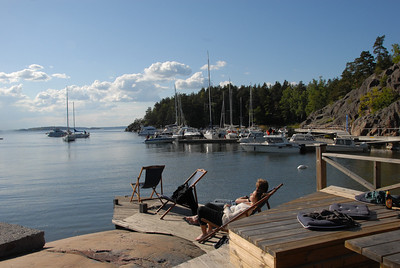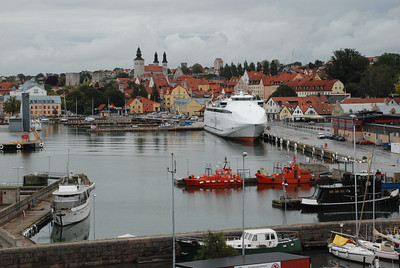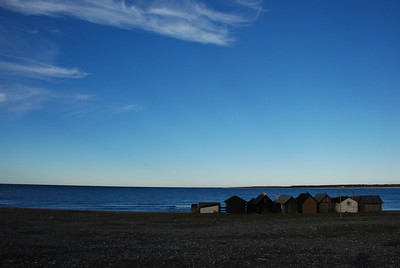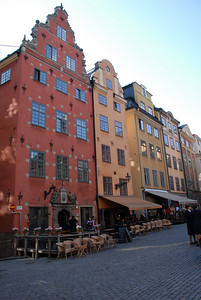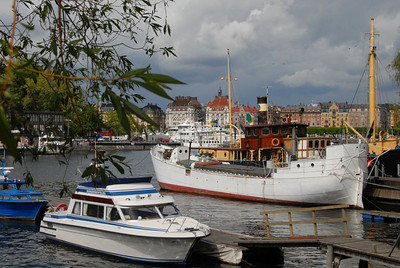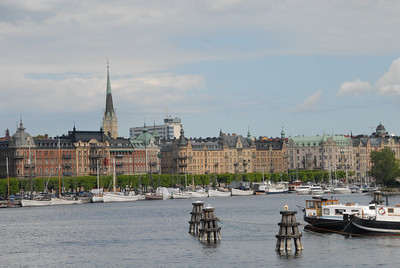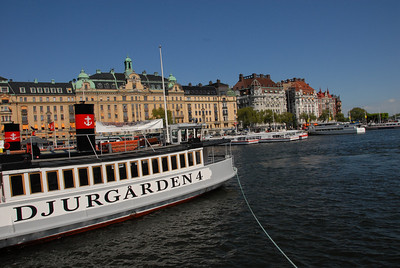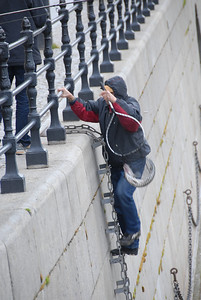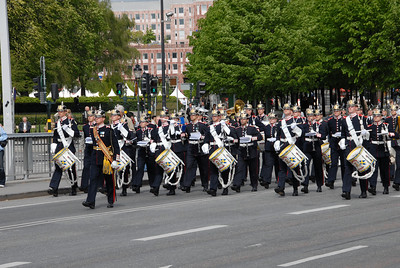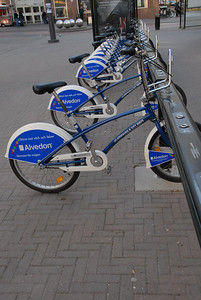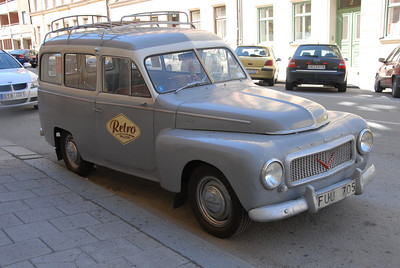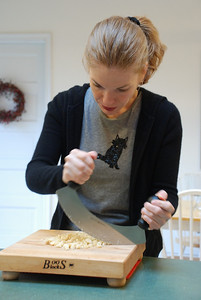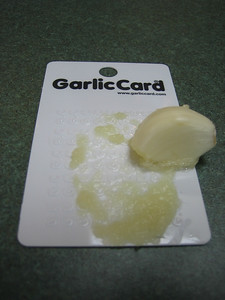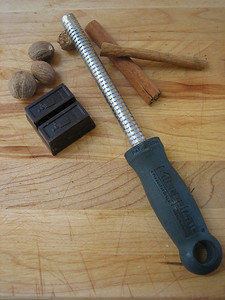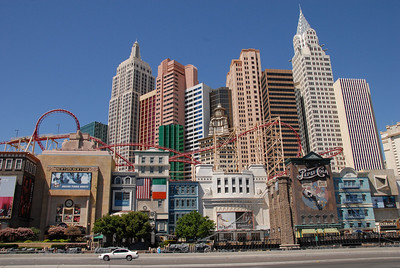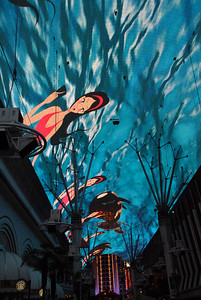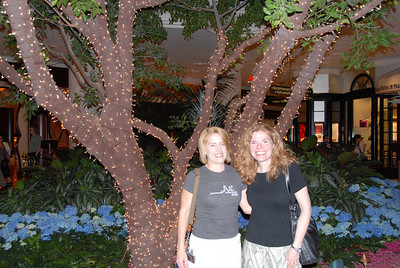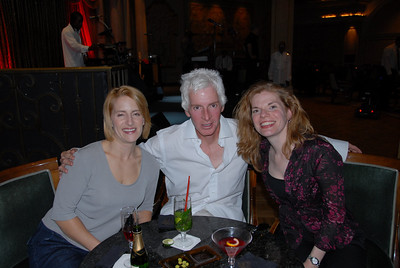
Moving to suburban Philly after college, I got a lot of flack about being from Western Pa. “Pittsburgh? That’s not a city!” And then I moved to New York for graduate school. You can just imagine what I heard. Yet, when getting together with my childhood friends, I can think of no more fitting gathering spot than the city of our youth. With a wealth of museums, parks, shopping districts, restaurants and bars Pittsburgh offers both the casual visitor and hardcore tourist countless things to do.
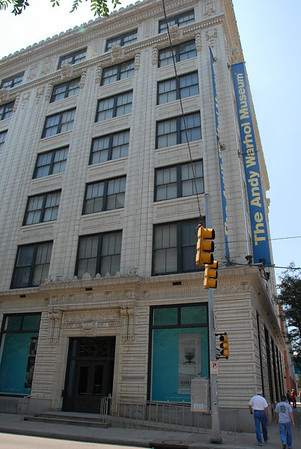
This summer my friends and I revisited the Andy Warhol Museum, the largest American museum devoted to a single artist. Want to see Elvis, the Last Supper, Silver Clouds or Brillo Boxes writ large? The Warhol’s got them as well as 4,000 other works of his art.
Along with a love of New York, the Velvet Underground, eccentricity, art and cats, the late pop artist and I share a birthday. I found it quite fitting to be there, admiring the best of Andy and his Wild Raspberries cookbook, less than two weeks before our special day.
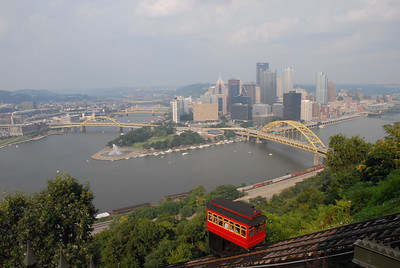
A short ride up the Duquesne Incline brought us to observation platform on Mount Washington. From there we looked out onto the three rivers, ball parks, Carnegie Science Center, the Point and skyline. A few feet away on Grandview Avenue we had a wealth of fine-dining-with-a-view options, including such standbys as the Tin Angel and the Le Mont.
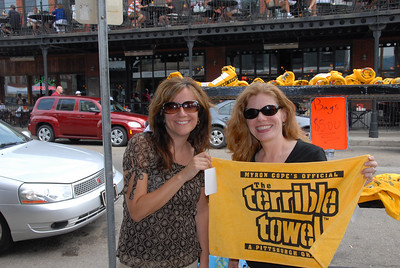
Back on river level we wandered around the Strip District. Once home to factories, mills and produce and meat wholesalers, the Strip now houses bars and restaurants as well as cookware, coffee and antique shops. It also has outdoor vendors selling food, tchotchkes, stacks of Myron Cope’s gold-and-black “Terrible Towel” as well as Steelers, Pirates and Penguins paraphernalia.
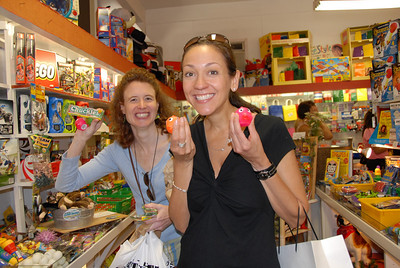
In Shadyside, our home base for the weekend, we shopped and dined along Walnut Street. The tree-lined street offered a mix of independent boutiques such as Tennis Village, The Picket Fence and Shadyside Variety Store and upscale chains including Apple and Williams-Sonoma. We walked away with lighter wallets and larger credit card bills but also with some great finds. The best part of visiting Pittsburgh? The opportunity to spend time with dear friends whom I could never see often enough.
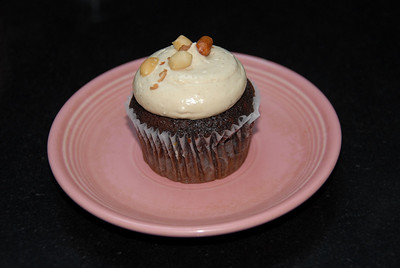

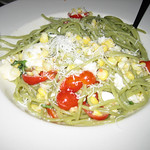 Pasta lovers, we ordered such entrees as penne marinara with chicken, spinach and ricotta ravioli in a tomato cream sauce, gnocchi and spinach spaghetti with nubs of fresh corn, sliced cherry tomatoes, and mozzarella. Talk about a night of pleasant surprises. My meal, the room temperature spinach spaghetti, provided an intriguing mix of textures — melt-in-your-mouth cheese, crunchy corn, al dente pasta — and flavors. Yet another hit.
Pasta lovers, we ordered such entrees as penne marinara with chicken, spinach and ricotta ravioli in a tomato cream sauce, gnocchi and spinach spaghetti with nubs of fresh corn, sliced cherry tomatoes, and mozzarella. Talk about a night of pleasant surprises. My meal, the room temperature spinach spaghetti, provided an intriguing mix of textures — melt-in-your-mouth cheese, crunchy corn, al dente pasta — and flavors. Yet another hit. 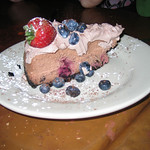 For dessert we indulged Ann’s love of cheesecake and split a slice of chocolate cheesecake five ways. From the dark chocolate crust to the cocoa whipped cream and the chocolate-infused cake, fresh blueberries and strawberries in between, this was a to-stop-your-diet-for dream.
For dessert we indulged Ann’s love of cheesecake and split a slice of chocolate cheesecake five ways. From the dark chocolate crust to the cocoa whipped cream and the chocolate-infused cake, fresh blueberries and strawberries in between, this was a to-stop-your-diet-for dream.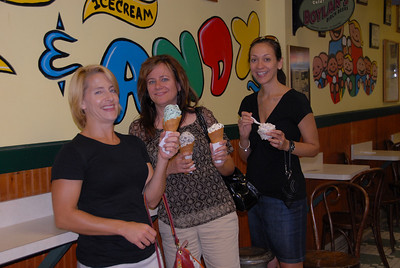
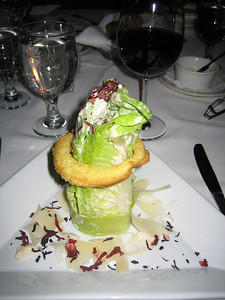
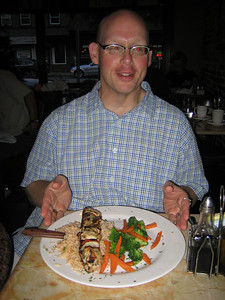
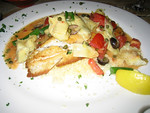 As a relative newcomer to Al Dar, I feel compelled to sample as many dishes as possible. One week I might opt for moussaka or a falafel sandwich with a side of tzatziki or dolmathes and ful medames, a mixture of mashed fava beans, onion, garlic, lemon juice and olive oil. Another time I may splash out on pan-seared striped bass with artichokes, olives, capers and tomatoes. No matter what I choose, I can expect well-prepared, traditional Middle Eastern/Mediterrenean food.
As a relative newcomer to Al Dar, I feel compelled to sample as many dishes as possible. One week I might opt for moussaka or a falafel sandwich with a side of tzatziki or dolmathes and ful medames, a mixture of mashed fava beans, onion, garlic, lemon juice and olive oil. Another time I may splash out on pan-seared striped bass with artichokes, olives, capers and tomatoes. No matter what I choose, I can expect well-prepared, traditional Middle Eastern/Mediterrenean food. 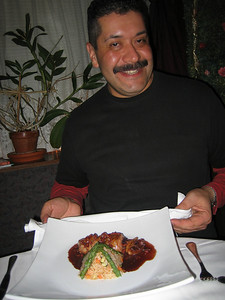
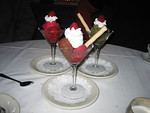 The evening ends with a trio of vibrant, all natural sorbets. Made by the chef’s attorney-by-day/pastry-chef-by-night wife, they come in such exotic flavors as blackbery brandy, cactus pear, mango-habanero and the fuchsia-colored hibiscus flower. Definitely a festive end to an extraordinary meal, one that I never would have experienced had it not been for my food-savvy, Philly friends.
The evening ends with a trio of vibrant, all natural sorbets. Made by the chef’s attorney-by-day/pastry-chef-by-night wife, they come in such exotic flavors as blackbery brandy, cactus pear, mango-habanero and the fuchsia-colored hibiscus flower. Definitely a festive end to an extraordinary meal, one that I never would have experienced had it not been for my food-savvy, Philly friends.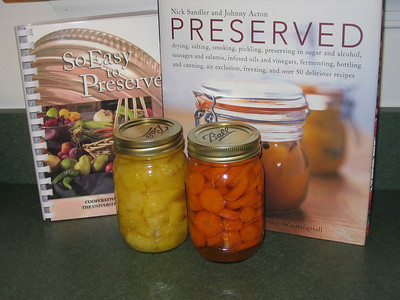
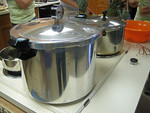 In class we worked with high and low acid foods so used both types of equipment. Low acid foods such as vegetables and meats tend to carry botulism so must be preserved at a temperature of 240 degrees Fahrenheit. Hence why we employed a pressure canner for our jars of sliced carrots. With the lid locked in place, the canner cooked away for roughly 35 minutes. Once the cooker had cooled and the lid removed, we wound up with jars of beautiful, copper-colored carrot coins.
In class we worked with high and low acid foods so used both types of equipment. Low acid foods such as vegetables and meats tend to carry botulism so must be preserved at a temperature of 240 degrees Fahrenheit. Hence why we employed a pressure canner for our jars of sliced carrots. With the lid locked in place, the canner cooked away for roughly 35 minutes. Once the cooker had cooled and the lid removed, we wound up with jars of beautiful, copper-colored carrot coins.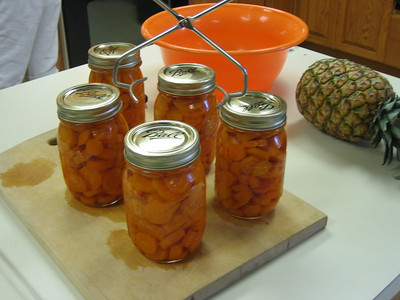
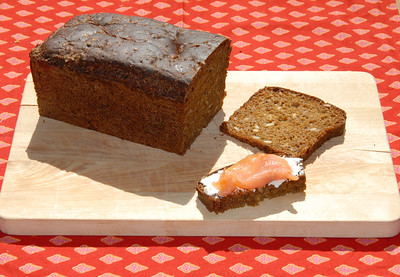
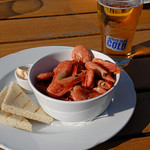 Thanks to rugged coastlines and a wealth of seafood, folks here know how to prepare crustaceans and fish. One of the most beloved, crayfish, even has its own seasonal feast. In August outdoor crayfish parties — with colorful paper lanterns, tablecloths, plates, bibs and hats — are all the rage.
Thanks to rugged coastlines and a wealth of seafood, folks here know how to prepare crustaceans and fish. One of the most beloved, crayfish, even has its own seasonal feast. In August outdoor crayfish parties — with colorful paper lanterns, tablecloths, plates, bibs and hats — are all the rage.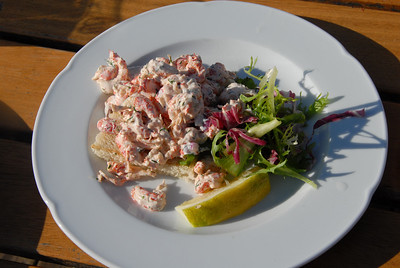
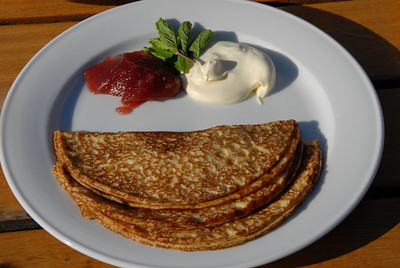
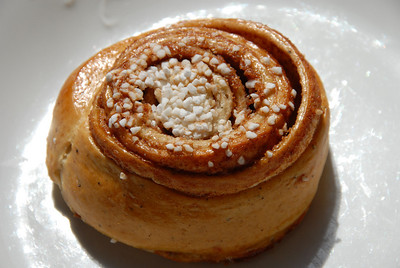
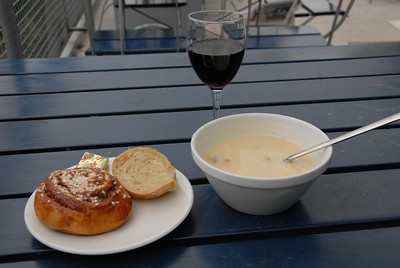
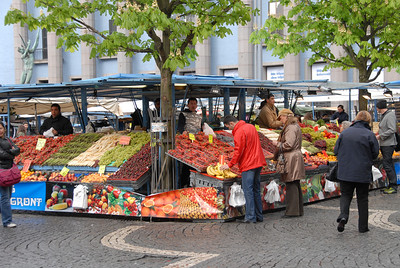
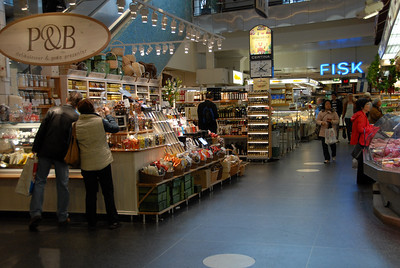
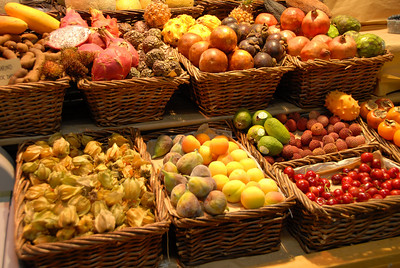
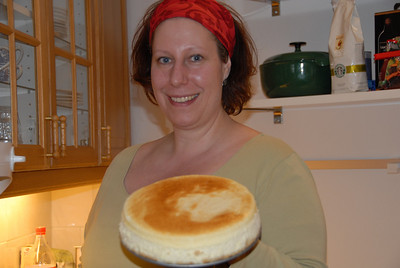
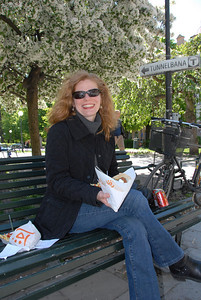
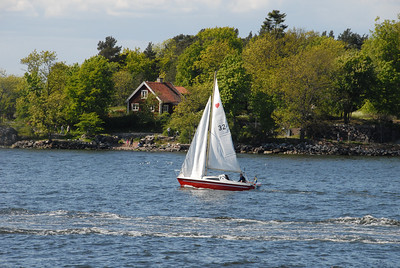
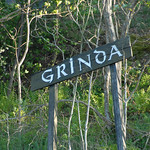 Rimmed by sandy beaches as well as rocky shorelines, Grinda provides a range of pursuits. Hike the rolling hills, kayak on the sea, camp out or just sit at the sole waterfront cafe and drink beer, read a book, or catch up with old friends. A sucker for animals, I get a kick out of watching the local wildlife — fat, free-range, red-feathered chickens bobbing and pecking at the ground, sheep dozing in the grassy fields, drunk daytrippers urinating off the docks.
Rimmed by sandy beaches as well as rocky shorelines, Grinda provides a range of pursuits. Hike the rolling hills, kayak on the sea, camp out or just sit at the sole waterfront cafe and drink beer, read a book, or catch up with old friends. A sucker for animals, I get a kick out of watching the local wildlife — fat, free-range, red-feathered chickens bobbing and pecking at the ground, sheep dozing in the grassy fields, drunk daytrippers urinating off the docks.